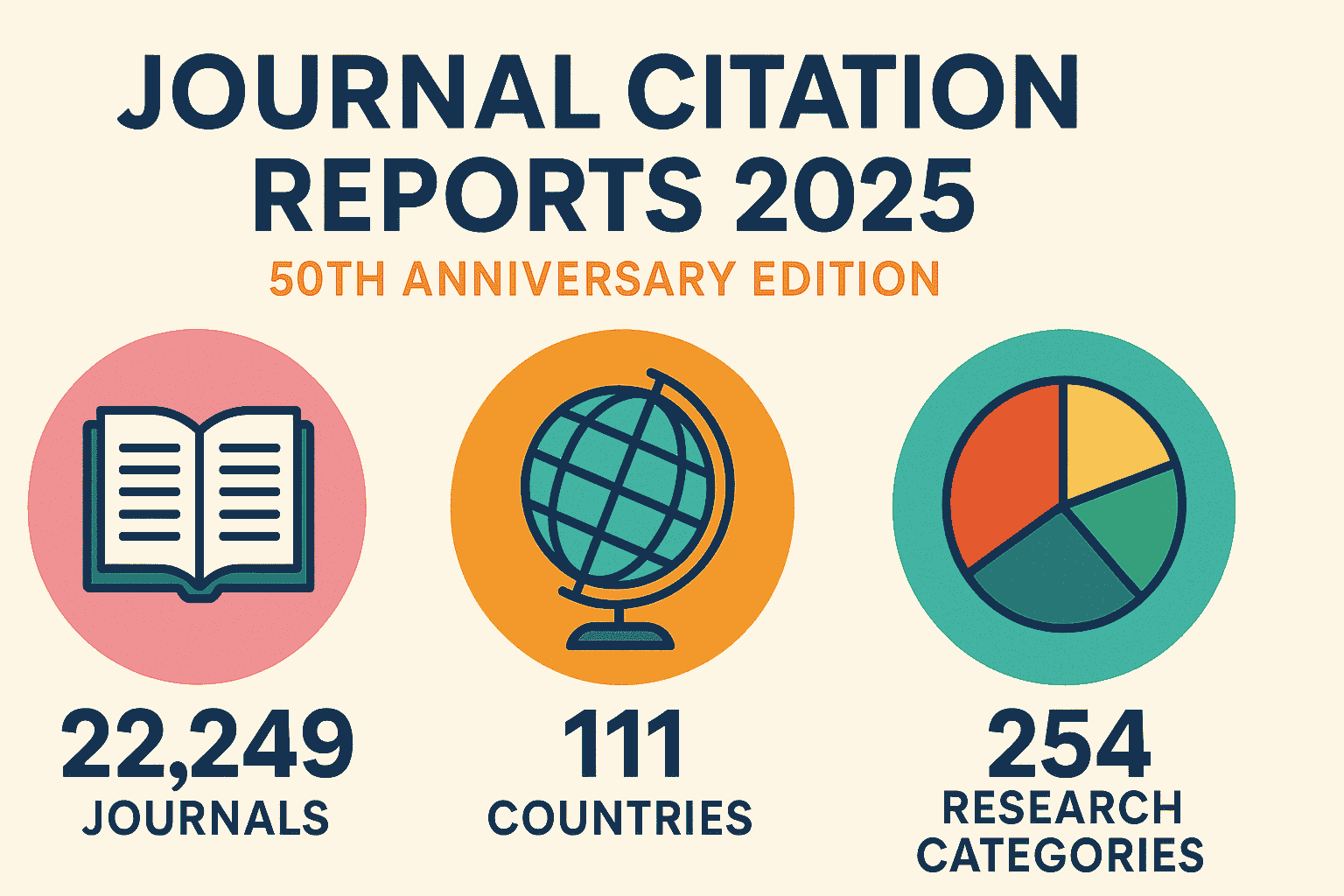Molecular Cloning Protocol
Molecular Cloning Protocol
Simplified step-by-step molecular cloning protocol:
1. DNA Extraction: Begin with DNA extraction from the organism of interest. This DNA will contain the gene that you wish to clone.
2. PCR Amplification: Use Polymerase Chain Reaction (PCR) to amplify the region of interest from the extracted DNA. You will need the specific primers for the gene of interest.
3. Purification: After successful amplification, the gene of interest needs to be purified from the rest of the PCR product.
4. Digestion with Restriction Enzymes: The purified DNA and the plasmid vector, which will carry the DNA into host cells, are cut by the same restriction enzymes, creating complementary sticky ends on both.
5. Ligation: The “cut” gene of interest and the plasmid vector are mixed together with a DNA ligase enzyme that seals the cuts, inserting the gene into the plasmid vector.
6. Transformation: The vector carrying the gene of interest is introduced into bacterial cells, usually using heat shock.
7. Selection: The transformed cells are grown on antibiotic plates. As the plasmid contains an antibiotic resistance gene, only those bacteria that took up the plasmid will grow.
8. Verification of Clones: Positive colonies are picked and can be verified by checking the insert of interest via PCR or other methods like sequencing.
Note: This is a simplified explanation, and actual methods may additionally involve a variety of steps, including screening for the desired construct, optimizing cloned gene expression, or modifying the experimental organism so that the gene functions correctly.
Depending on specific cloning procedures, this protocol has different modifications, such as using a different type of vector or modifying the method for introducing the vector into the host cell.
Safety measures and ethical considerations in genetic manipulation should be strictly followed, as guided by your lab’s safety regulations.








